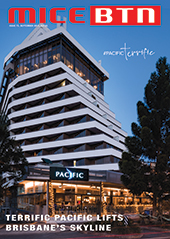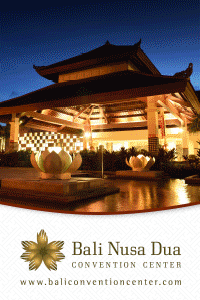Australia in prime position for luxury tourism growth
- BTN News
- Thursday, 19 May 2016
Australia is in prime position to capitalise on the luxury travel boom that is forecast to sweep Asia in the next 10 years, with high-growth expected to come from China and India.
According to a new Amadeus report Asia Pacific’s luxury travel market will see faster overall growth than Europe’s from 2011 – 2025. Out of the 25 countries explored in this report, India has the highest rate of projected growth with a Compound Annual Growth Rate (CAGR) of 12.8 per cent, closely followed by China with a CAGR of 12.2 per cent.
Australia is already experiencing strong tourism growth coming from China and India. In 2015 China represented the biggest region for tourism revenue - $8.3 billion (up 45 per cent from 2014) and visitor growth (up 22 per cent from 2014). India followed closely behind with 19 per cent growth in visitors and 38 per cent growth in total expenditure.
Further, 48 per cent of Chinese consumers and 41 per cent of Indian consumers are considering travel to Australia in the next four years.
Tony Carter, managing director at Amadeus IT Pacific said: “Because of Australia’s proximity to Asia, our world class tourism, quality infrastructure and amenities, we are in a prime position to capitalise on the luxury travel boom in the coming decade.
“The key to success will come down to our understanding of luxury, and what it means to different people. Luxury travel is subjective. For one traveller, it could be a private multimillion-dollar cruise around Queensland. For another, it could be the reassurance of having their dietary requirements automatically catered for throughout their entire holiday and a bespoke designer wardrobe waiting for them in their hotel room.
Curating something that appeals to them on a specific, personal level that goes above a traveller’s “norms” is key to capturing the next generation of the luxury travel market,” said Carter.
Amadeus’ report found that Oceania’s own luxury market is very mature, having the highest percentage of luxury outbound trips in 2015 at 30.5 per cent, higher than even the US at 26.2 per cent. From 2015 – 2025, Oceania’s luxury travel will grow faster than overall travel with a CAGR of 4.1 per cent, compared to a CAGR of 3.8 per cent for the overall travel market. The report further finds that growth in luxury travel will outpace overall travel, spurred on by consumers’ desire for life experiences.
Key findings from the report include:
· We have entered a new age of luxury travel, where luxury is curated, real-time and experience-led
· Driven by India’s impressive luxury market growth, South Asia’s luxury travel market will expand at a faster rate than any other region explored
· China’s relatively mature luxury market is set against a backdrop of tightening regulations and a battle against corruption. This means luxury travellers in China are more conscious about flaunting their wealth
· Southeast Asia, including Singapore, Thailand and Philippines, will also see luxury travel outpace overall travel
· A human desire for more rewarding experiences provides an essential catalyst to evolve and improve travel industry quality and service standards
· A hierarchy of luxury travel needs is identified, ranging from 5-star quality and service standards to exclusive VIP privacy and security
You can download a free copy of the ‘Shaping the Future of Luxury Travel' report here.










